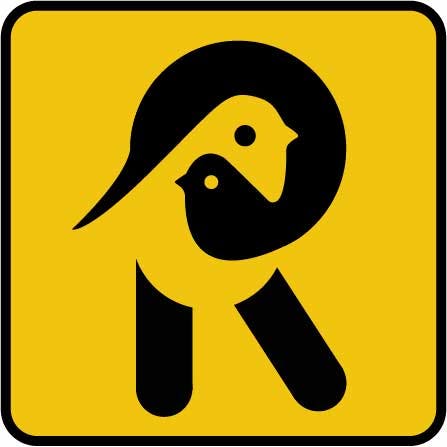Templates
After implementing the backend, Batman decided to add a frontend to his application. He wanted to create a simple web page that would allow him to view the data he had collected. He also wanted to be able to add new data to the database and edit existing data.
This is when he was introduced to templates!
Templates are a powerful feature of the Robyn framework that allow you to create dynamic web pages using HTML and Python. They are a great way to add a frontend to your application without having to learn a new language or framework.
Robyn supports Jinja2 templates by default but provides an easy way to add other templating engines as well.
Creating a Template
To create a template, you need to create a file with the .html extension in the a directory, usually it is convention to use the templates directory. For example, if you wanted to create a template called index.html, you would create a file called index.html in the templates directory.
So the folder structure would look like this:
├── app.py
├── templates
│ └── index.html
├── Dockerfile
└── requirements.txt
Rendering a Template
Once you have created a template, you can render it by using the render_template function. This function takes the name of the template as its first argument and a dictionary of variables as its second argument.
For example, if you wanted to render the index.html template, you would use the following code:
Rendering a Template
import os
import pathlib
from robyn.templating import JinjaTemplate
current_file_path = pathlib.Path(__file__).parent.resolve()
jinja_template = JinjaTemplate(os.path.join(current_file_path, "templates"))
@app.get("/frontend")
async def get_frontend(request):
context = {"framework": "Robyn", "templating_engine": "Jinja2"}
return jinja_template.render_template("index.html", **context)
app.include_router(frontend)
Now Batman very happy that the application had come to completion. However, he was not satisfied with the current state of the application. He felt the code was all crammed in a single file and asked Robyn if there was a way to split the codebase in other parts.
This is Robyn introduced him to the concept of routers and views.
